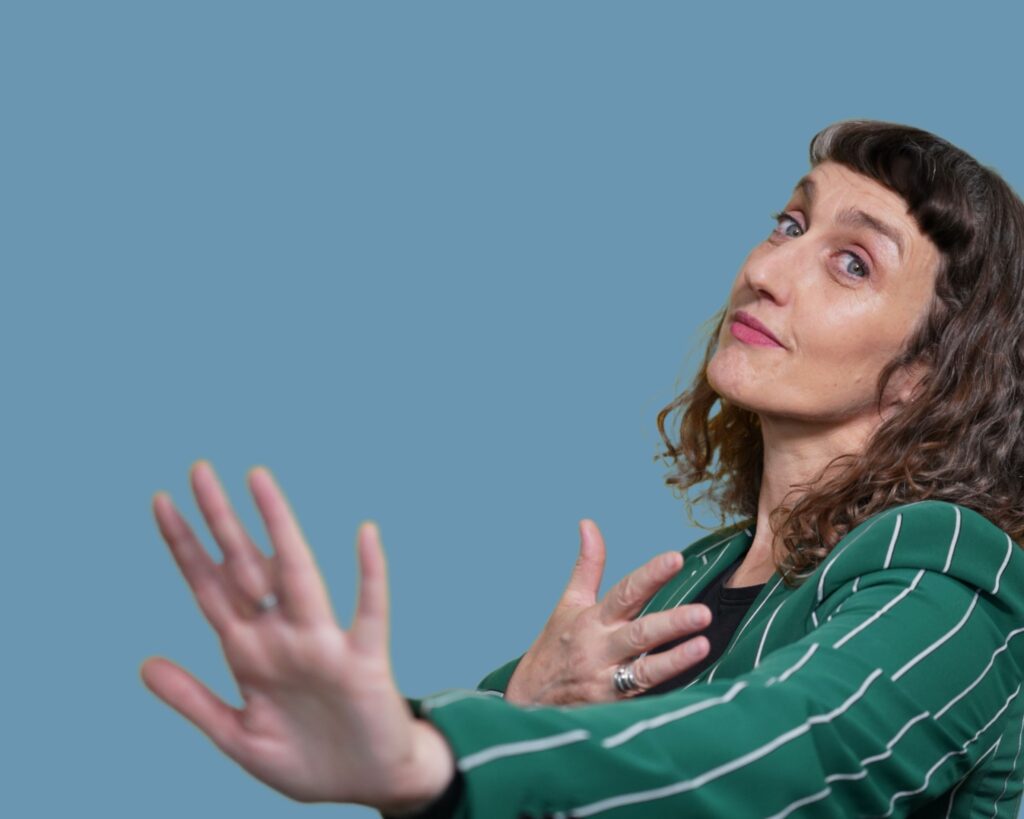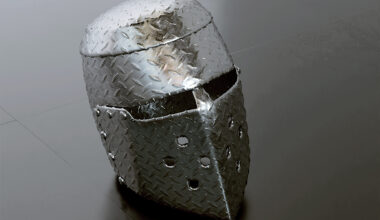Channelling electronic music’s matriarchs

Who?
“A grown-ass mature neurodiverse woman” is how Norwich musician Mary Lovett identifies herself. Which is fitting for an artist whose colourful electronic productions are playfully technical, and no doubt satisfy her desire to explore “the wonder of mathematics and the catharsis of expressing things in music that are too difficult to say in words”.
Why Mary Lovett?
Lovett’s new album, ‘I Heard The Moon Is In C’, is a lavish patchwork of explorative electronica paying homage to her “ancestral matriarchal line of pioneers in electronic music”. Lovett keenly cites Daphne Oram, Delia Derbyshire, Laurie Anderson, Suzanne Ciani and Pauline Oliveros among her copper-wired icons, and it coalesces for a sound which is certainly eclectic. You can hear jazz samples and folk elements blending with finely crafted electronica that could see you stroking your chin just as easily as it could get your feet moving. ‘Tambor’ sees Lovett’s lilting vocals, soft as moonlight, wrap themselves around a cascading polyrhythm. ‘Riptide’, in which she simplifies her palette to just a few pensive piano chords while evoking a connection between the natural world and the ever-changing human condition. And the fabulously titled ‘Dystopian Flip Flop’, where a lone voice solemnly recalls how “all that sourdough was just a cry for help”. Hilarious (and painfully true).
Tell Us More…
Lovett says music saved her from “an overactive brain”, and since discovering this sonic outlet, she’s poured everything she has into her work. Aside from releasing music, she also constructs elaborate sound devices like the Fibonacci Liberace Automata – an interactive machine using binaural sound design and an automaton to enable users to visualise a sine wave. Smart. But Lovett is only just getting started. Stay tuned to see what happens next.
‘I Heard The Moon Is In C’ is released via Bandcamp





